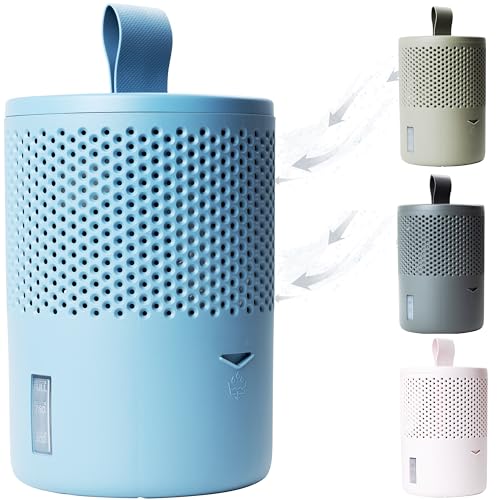Does central heating reduce humidity? Energy experts reveal how to use your heating system to zap excess moisture in your home
The key is to use it in combination with one of our favourite appliances...
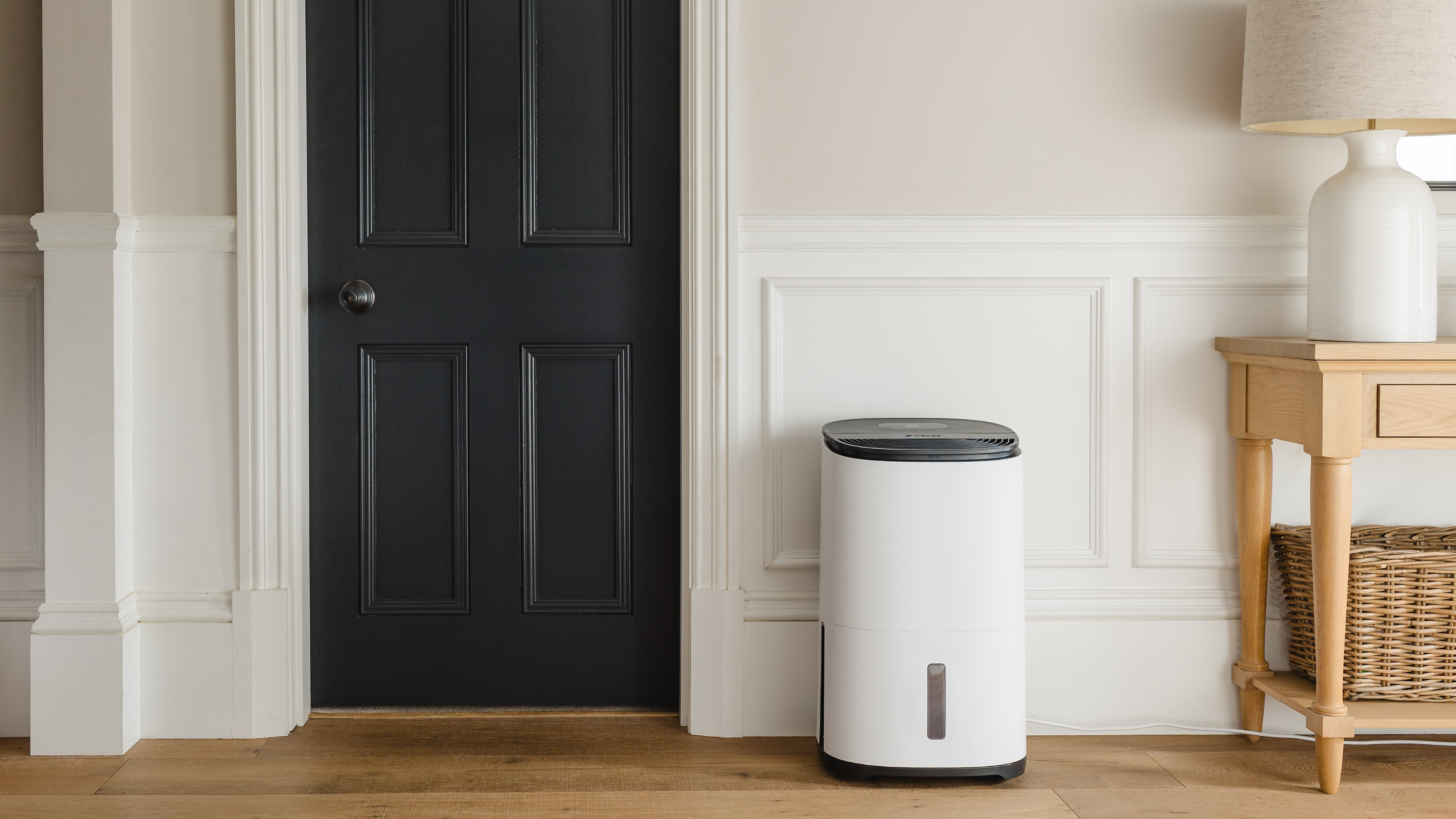

When the chill sets in, we all instinctively crank up the thermostat to keep cosy. But does heating reduce humidity in your home?
While central heating can make a room feel snug, it also plays a key role in changing the moisture levels in your home, just like the best dehumidifiers.
From condensation on your windows to potential issues with damp and mould, the balance between heat and moisture can make or break your living environment so it's always best to check what the humidity level should be in a room.
'Excess humidity in the home can lead to damp conditions that cause a range of problems,' explains Dr Jonathan Kirby, Heating expert at Stormdry. 'It can damage window seals, peel wallpaper and create an environment where mould thrives – posing significant risks to your health. To prevent these issues, it’s essential to regulate humidity levels effectively.'
We've asked experts how heating reduces humidity, the science behind it and the practical things you can do to maintain a moisture-balanced home that works for both you and your space.
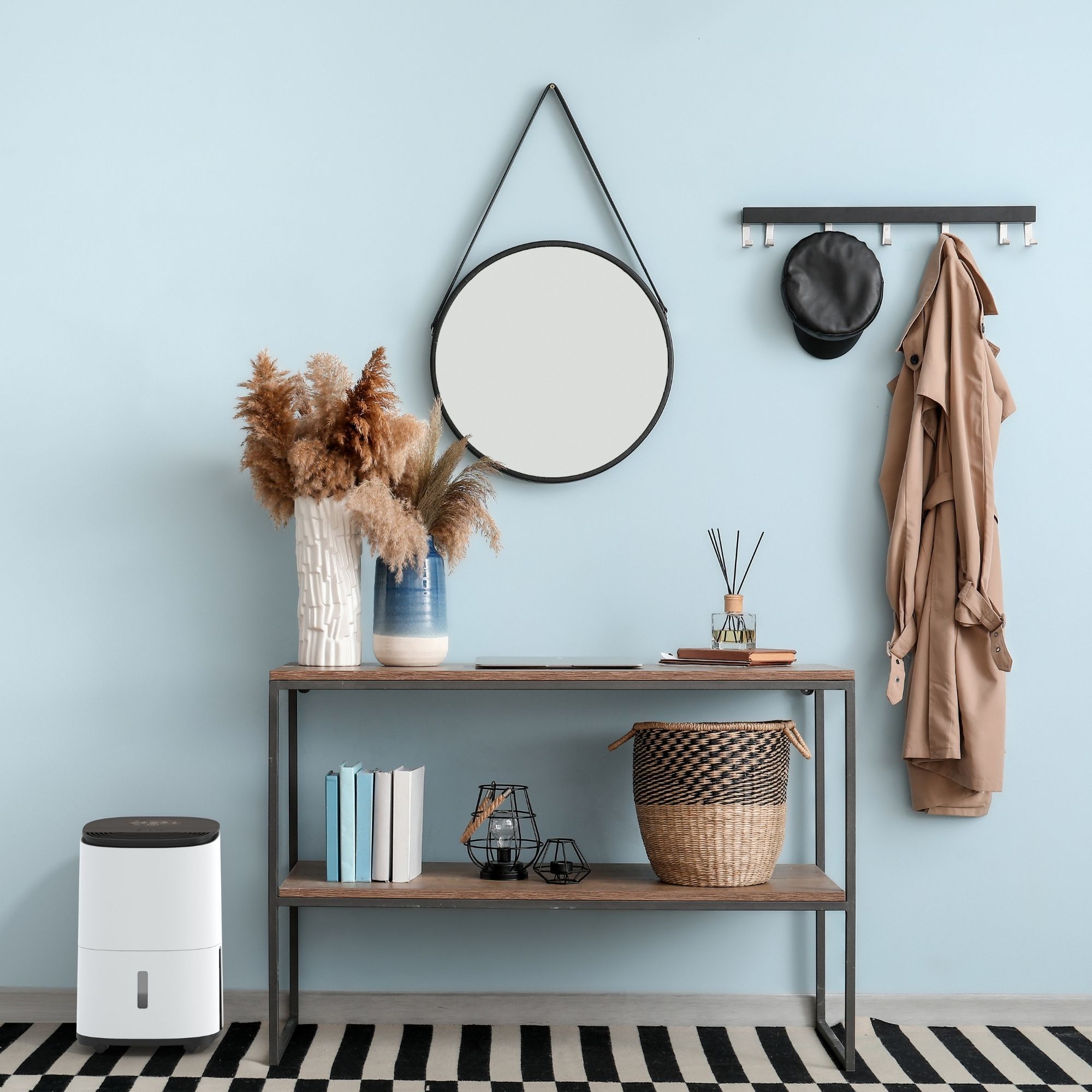
Does heating reduce humidity?
We asked Chris Michael, Meaco's managing director whether heating alone actually reduces humidity.
'Yes, but only by lowering relative humidity. Heating increases the air's capacity to hold moisture, making it feel less damp,' explains Chris.
Get the Ideal Home Newsletter
Sign up to our newsletter for style and decor inspiration, house makeovers, project advice and more.
'However, it doesn’t physically remove moisture from the air. While opening windows can let humidity escape, it also allows heat to escape, making it less efficient and more costly to reheat,' adds Rob Nezard, Managing director of UK Radiators.
'But if that moisture has nowhere to go, it’ll settle somewhere else – like behind furniture, in corners, or on cold walls.'
Dr Jonathan Kirby, heating expert at Stormdry agrees, 'keeping a consistent temperature in your home is a good way to keep humidity at a minimum and reduce condensation. In a fully insulated home, 19 °C is the target temperature to maintain to prevent mould growth. Alongside this, you want to aim for a Relative Humidity of between 40%-60% to avoid mould-inducing conditions.'
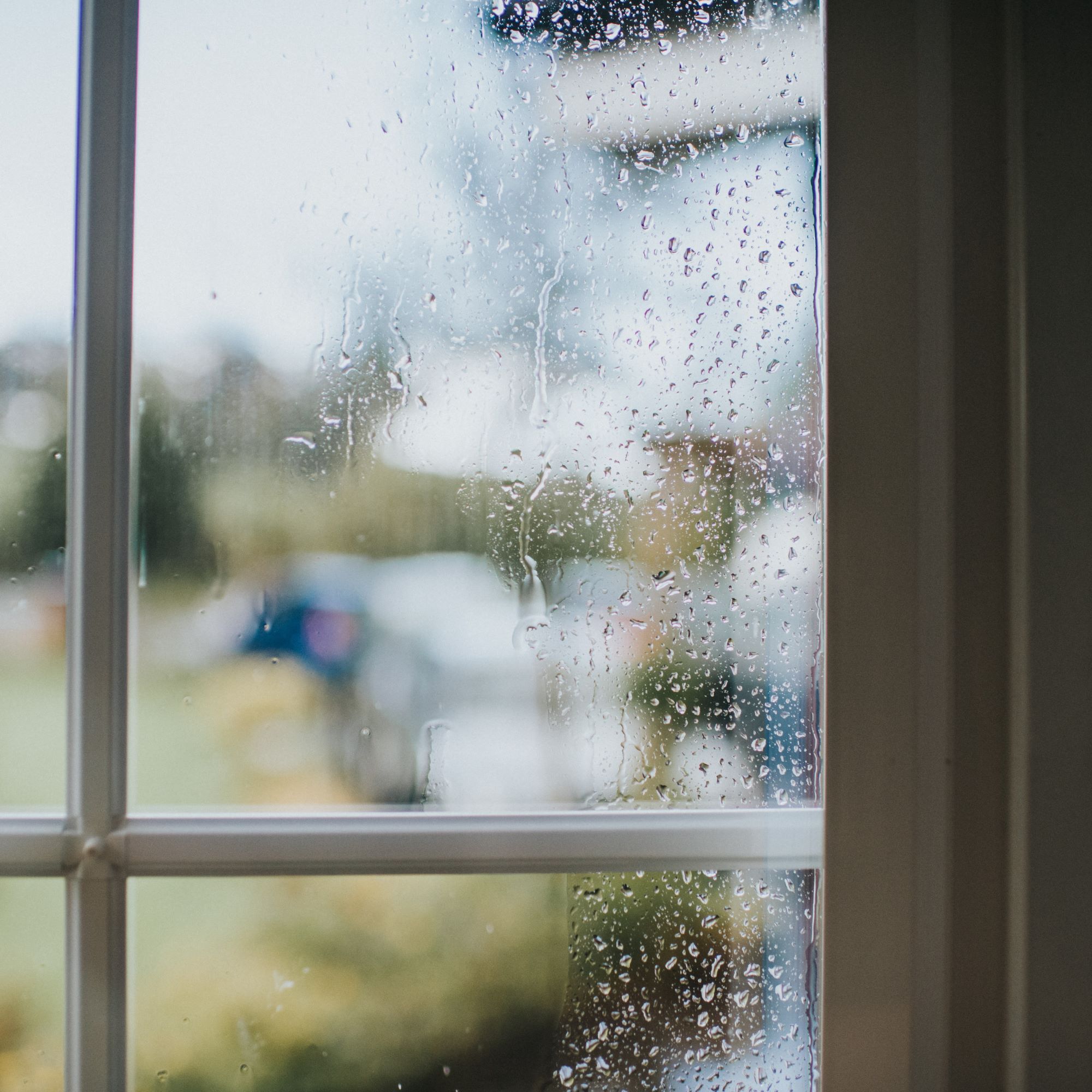
What's the best way to use heat to reduce humidity
'It’s important to keep your rooms consistently heated to prevent condensation and high humidity, as this will keep the water in the air in vapour form by preventing it from cooling too much,' suggests Stephen Hankinson, heating expert at Electric Radiators Direct.
So what's the secret recipe to using heating to reduce humidity then? It turns out that turning on your central heating in combination with a source of ventilation is the key. The experts we spoke to all recommend turning your heating on in conjunction with a good dehumidifier, cranking open a window or extractor fans to properly lower humidity levels and prevent issues like mould and damp.
'To effectively reduce humidity without losing heat, choosing a dehumidifier is the best solution. It extracts moisture from the air while maintaining a warm, comfortable environment—perfect for energy-conscious households,' explains Chris Michael, Meaco's managing director.
'This will allow old, damp air to circulate out of the home and replace it with fresh, dry air. For this reason, avoid drying clothes on radiators as this can lead to mould-inducing condensation by making it harder for air to circulate and dry out, explains Dr Joanathan Kirby, heating expert at Stormdry. 'You can also help it circulate by avoiding clutter and ventilating house plants and aquariums.'
We also asked the experts whether radiators or underfloor heating is best for reducing humidity. And according to Stephen, radiant heat, from an electric radiator or underfloor heating, is one of the best preventative heating methods.
'Radiant heat can also prevent the formation of condensation, which can occur when warm air comes into contact with a cold surface,' suggests Stephen.
'Appliances that use radiation discourage moisture because surfaces are kept warm, so any water vapour in the air is kept in the air, rather than gathering on walls and windows.'
'Radiant heat helps both high and low humidity by stabilising air movement and keeping surfaces warm.'
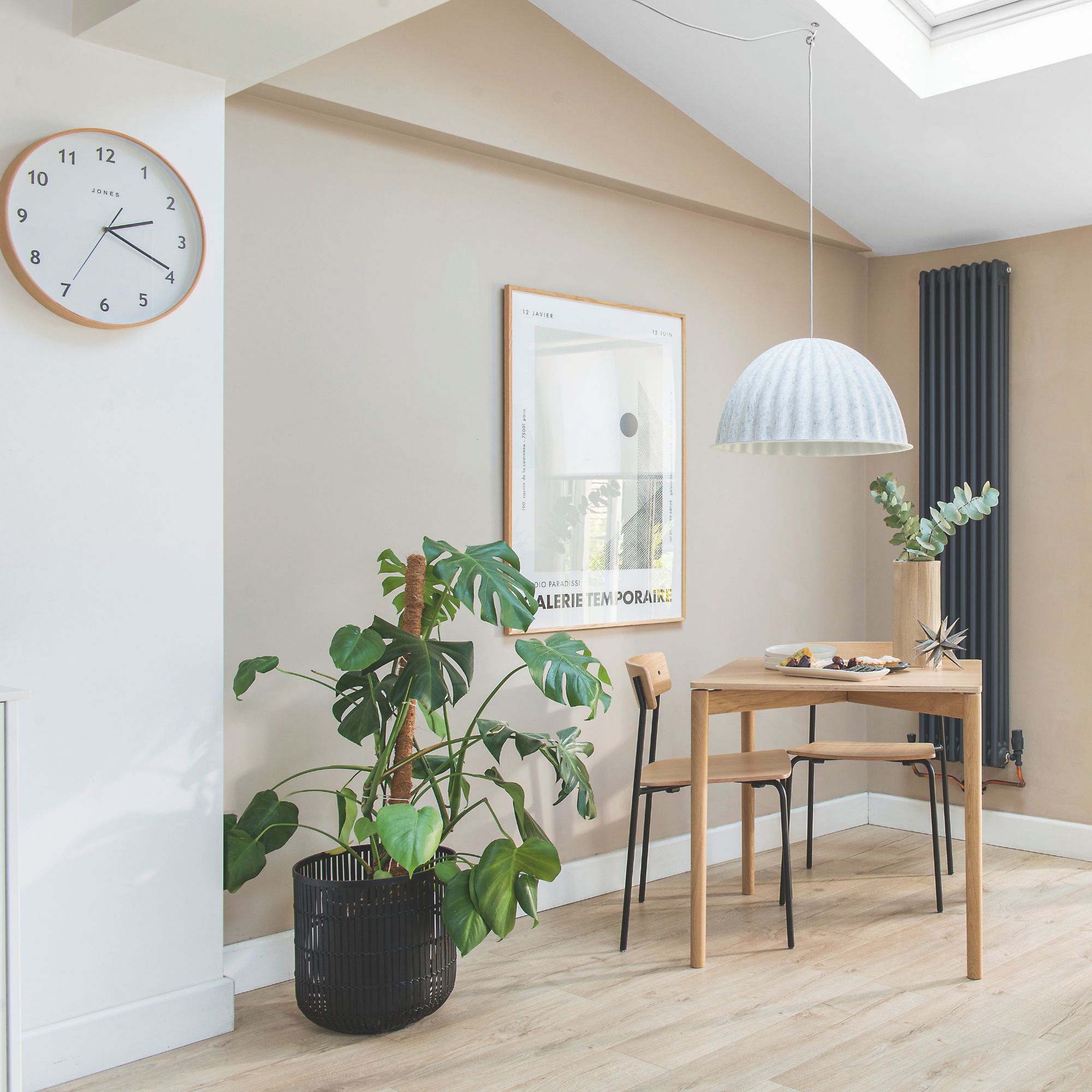
What damage does humidity do if you don't put heating on?
With how much it costs to run central heating always on the up, it's no wonder we're trying to save energy by keeping it off more than usual. However, the experts all agreed that if you don't put your heating on or keep it well insulated you may be making humidity and its effects worse in your home.
'If you don’t put the heating on, high humidity can lead to several issues. Damp air encourages the growth of mould and mildew, which can damage walls, furniture, and fabrics,' explains Chris Michael from Meaco.
'More importantly, it can have a significant impact on health, particularly for those with asthma, allergies, or other respiratory conditions. Mould spores and dust mites thrive in humid environments, potentially causing or exacerbating breathing problems and other health concerns.'
'Cold, damp conditions can also make your home feel uncomfortable and even unhealthy to live in, especially during winter months. It's noticeable by damp smells, wet washing that takes ages to dry, lots of condensation and a persistent chill in the air.'
Rob Nezard, Managing Director of UKRadiators highlights the worst of the issues:
- Mould growth - 'Once it takes hold, it's tough to shift. Bad for your home and your health.' Make sure you check the places mould hides in and stop it from coming back.
- Structural damage - 'Too much moisture can lead to rotting wood, peeling paint, and crumbling plaster.'
- Health issues - 'Damp, stagnant air can trigger allergies, worsen asthma, and make a home feel generally unhealthy to live in.'

Our top choice for energy efficiency and performance is the Meacodry Arete One. Use this one in combination with your heating system to combat humidity.
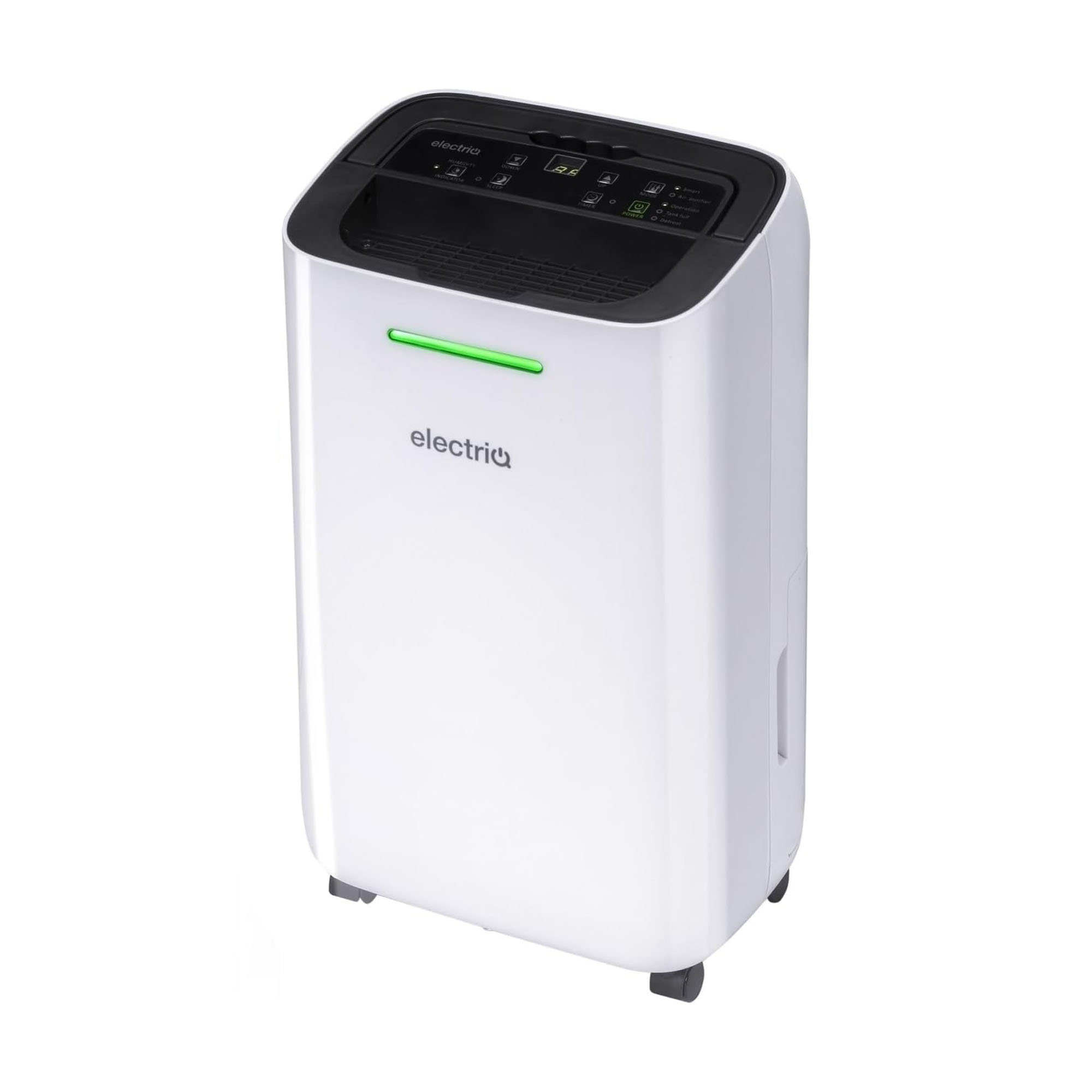
This budget-friendly dehumidifier from ElectriQ has all the makings of a more expensive option – it's quiet, portable and has a built-in carbon filter to remove odours as well as moisture. It also shows your room's current humidity level so you can stay in control.
FAQs
How long does it take to reduce humidity with the heating on?
We asked Rob Nezard, managing director at UKRadiators when you're likely to see a reduction in humidity when you have the heating on.
'That depends on a few things – how much moisture is in the air, how well-ventilated your home is, and whether you're using a dehumidifier,' explains Rob Nezard, managing director at UKRadiators.
'If you're just relying on heating, it could take a while, especially in winter when the air outside is damp too. A dehumidifier, paired with regular heating and good airflow, can make a noticeable difference in hours or days.'
However, Chris Michael, Meaco's managing director agrees that 'by combining heat with a good dehumidifier, you’ll notice improvement within hours.'
What is the best temperature to lower humidity?
Experts agree that setting your thermostat to a consistent temperature should keep humidity levels in check but what temperature is best? We asked Dr Jonathan Kirby, Stormdry's heating expert.
'Keeping a consistent temperature in your home is a good way to keep humidity at a minimum and reduce condensation. In a fully insulated home, 19 °C is the target temperature to maintain to prevent mould growth,' explains Jonathan.
'Alongside this, you want to aim for a Relative Humidity of between 40%-60% to avoid mould-inducing conditions.'
Will heat dry out damp walls?
The experts we have spoken to agree that heating can help to remove moisture from walls but it won't stop condensation on your walls or ceilings and stop a damp problem for good.
'If you have an existing damp problem, turning on the heating can help to dry out walls. However, it may also indicate underlying structural issues that require attention in the long term,' explains Dr Jonathan Kirby, Heating Expert at Stormdry.
'You can reduce the impact of damp by waterproofing your external walls with breathable solutions such as Stormdry Masonry Protection Cream, which will waterproof brickwork, masonry, mortar and concrete with an invisible finish for up to 25 years.'
'When you’re heating a space, the air temperature rises meaning the air can hold moisture. If this is not properly vented, this moisture accumulates, condenses and leads to dampness,' adds Katie Lilywhite, dehumidifier expert at AO.com.
And if you're wondering whether dehumidifiers dry out walls, Katie confirms that they are a great addition to heat. 'Dehumidifiers are easily one of the most effective ways to tackling excess moisture and reducing the risk of dampness. These handy appliances extract moisture directly from the air which reduces overall humidity and prevents condensation from forming on surfaces.'
So there you have it: central heating will reduce humidity levels but it's also very important to keep your home well-ventilated so the moisture can escape and not linger on your surfaces instead.

Jenny is Senior Digital Editor and joined the team in 2021, working across Ideal Home, Real Homes, Homes & Gardens, Livingetc and Gardeningetc. Since getting on the property ladder, her passion for interior design and gardening has taken on a new lease of life. She loves collecting and salvaging unique items (much to her other half's despair) but sniffing out stylish home bargains is her one true love.
-
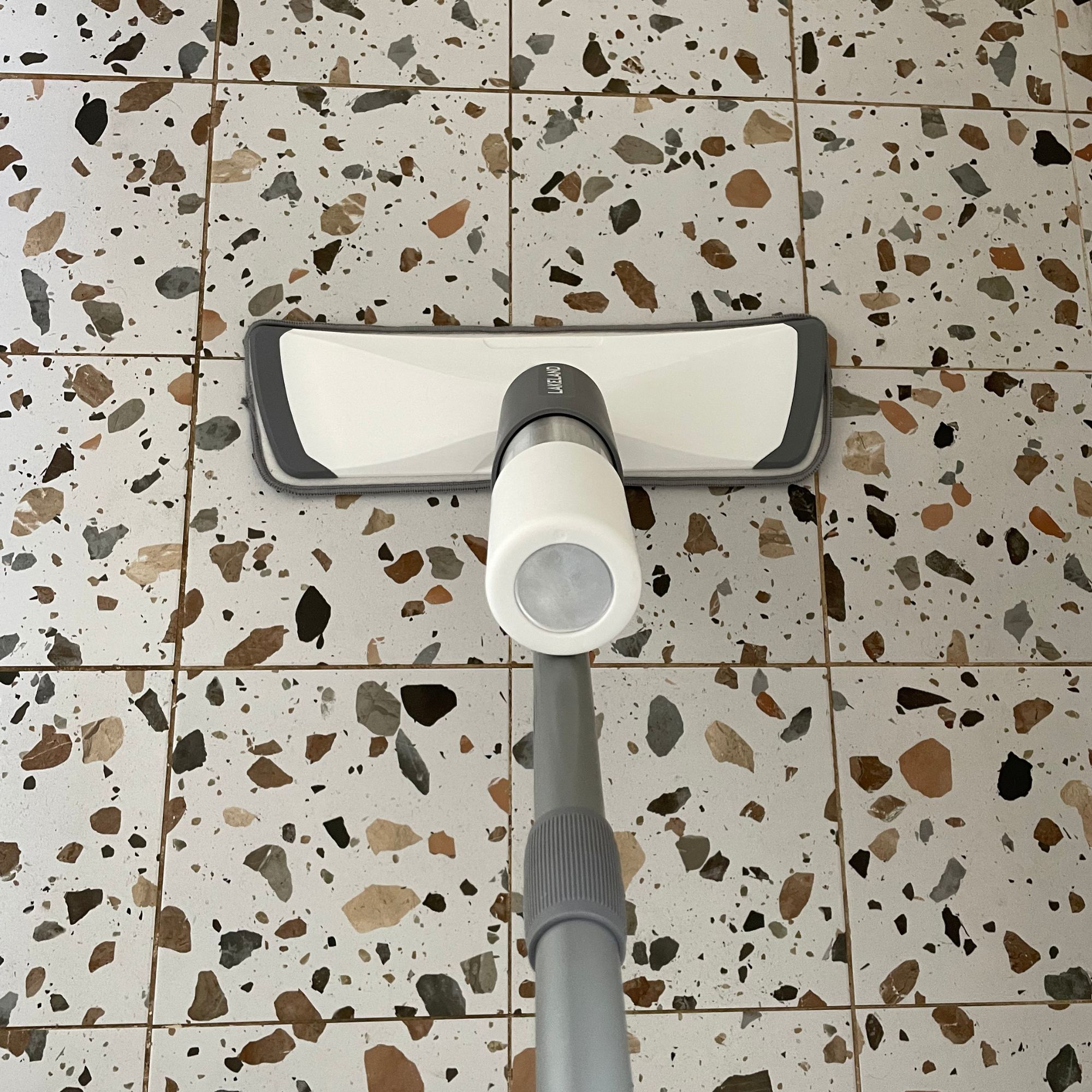 Experts warn that these 5 mopping mistakes are making your floors dirtier — and damaging your floors in the process
Experts warn that these 5 mopping mistakes are making your floors dirtier — and damaging your floors in the processThis is how to keep them clean and avoid costly damage
By Lauren Bradbury
-
 Move over, fences – dead hedges are the wild and wonderful alternative your garden will love and they're easier to build than you'd think
Move over, fences – dead hedges are the wild and wonderful alternative your garden will love and they're easier to build than you'd thinkThe perfect eco-friendly solution for small gardens
By Kayleigh Dray
-
 Did you know John Lewis can make your old curtains or rugs look like new? Their repair service is now available in all stores
Did you know John Lewis can make your old curtains or rugs look like new? Their repair service is now available in all storesJohn Lewis has added another string to its bow, and it's great news for your old homeware
By Kezia Reynolds
-
 This beautiful mixing bowl is the unexpected star of so many kitchens – including Mary Berry's and the Bake Off tent
This beautiful mixing bowl is the unexpected star of so many kitchens – including Mary Berry's and the Bake Off tentThis earthenware bowl proves that you don't have to spend a huge amount for a classic kitchen addition
By Molly Cleary
-
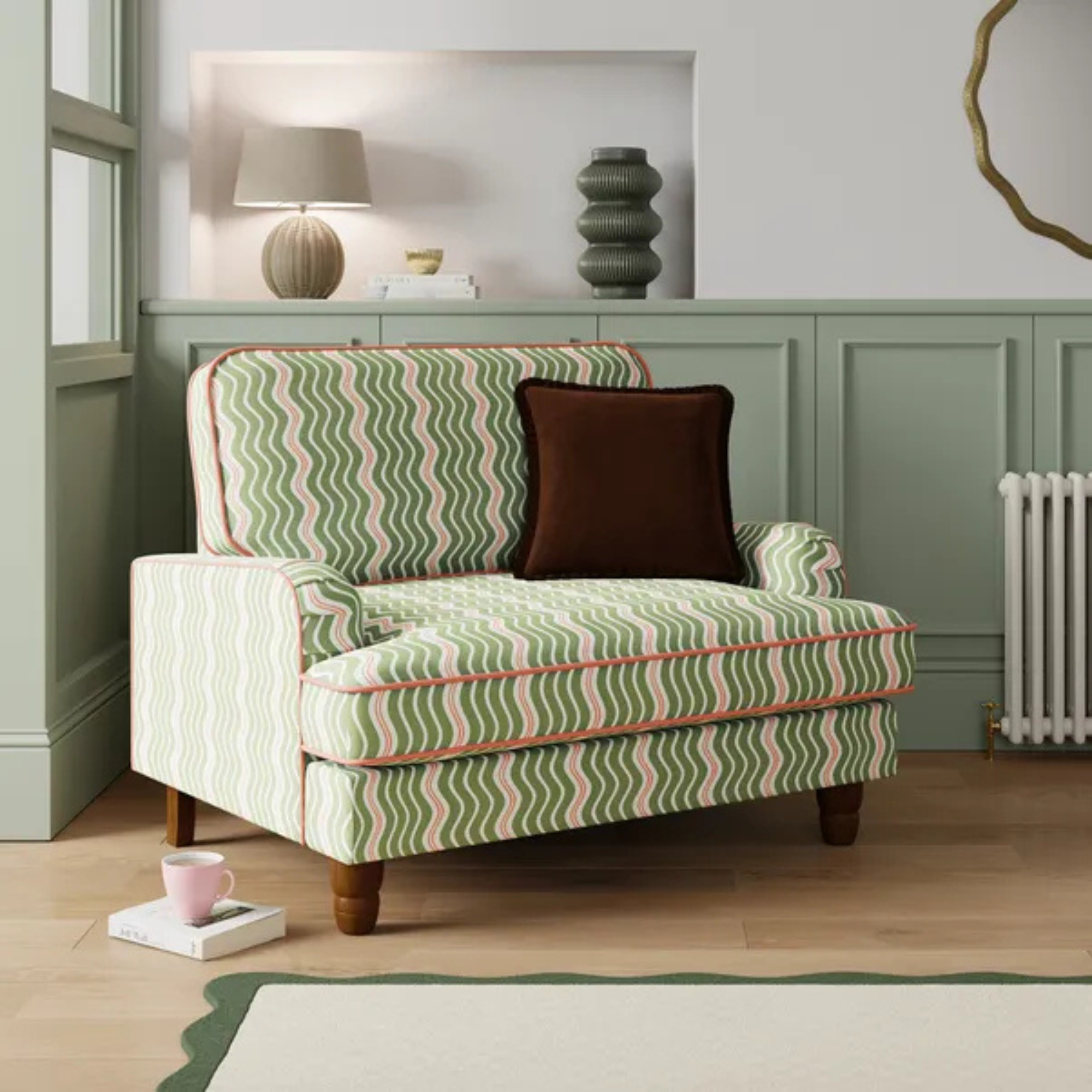 Dunelm has given its cult snuggle chair a new look - it's swapped classic stripes for another emerging pattern trend
Dunelm has given its cult snuggle chair a new look - it's swapped classic stripes for another emerging pattern trendI'm obsessed with this fresh new style
By Kezia Reynolds
-
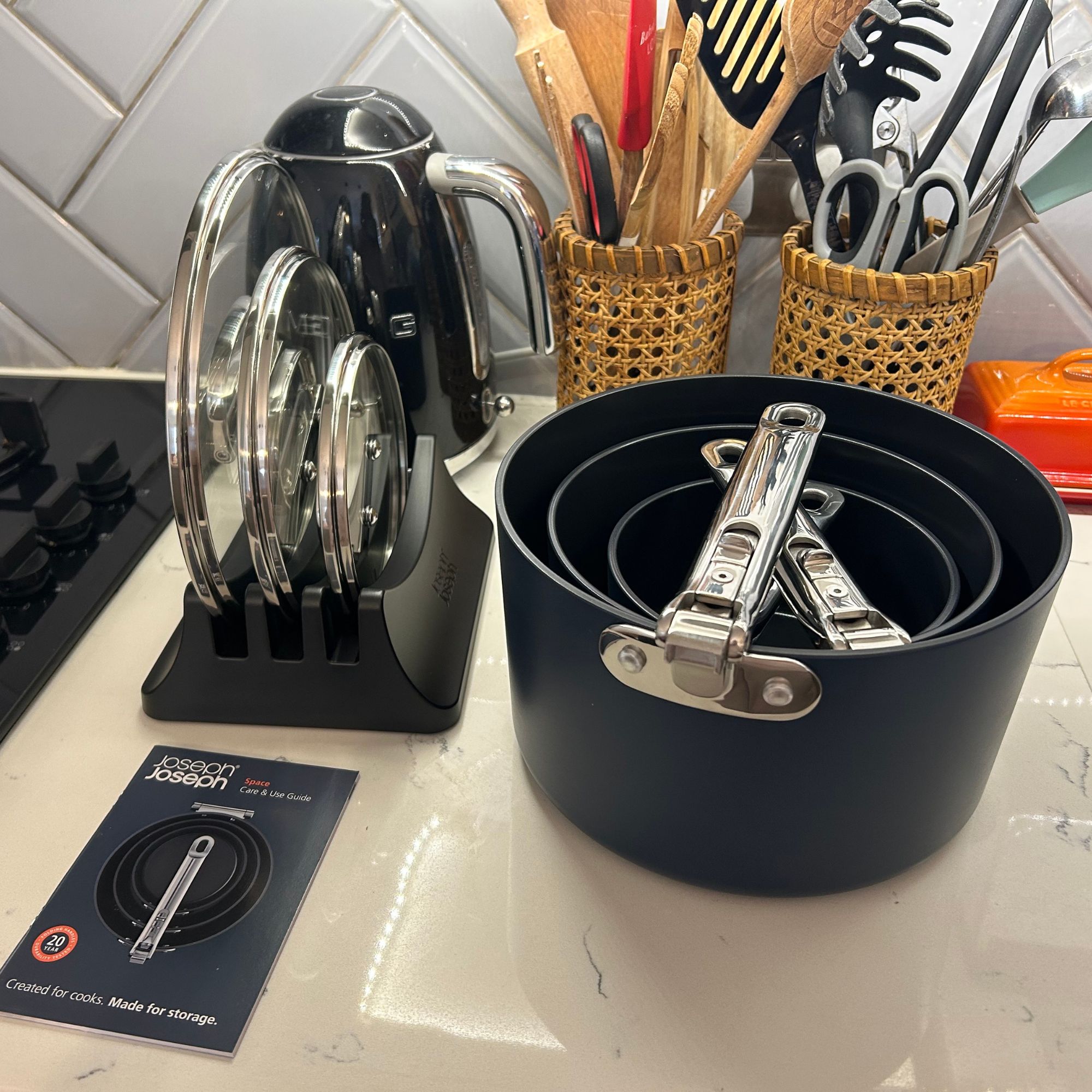 I tried Joseph Joseph's pan set with foldable handles – the space-saving design is just one of the many highlights
I tried Joseph Joseph's pan set with foldable handles – the space-saving design is just one of the many highlightsSmall kitchen? I tested this innovative Joseph Joseph space-savvy set which has foldable handles — and I loved it
By Annie Collyer
-
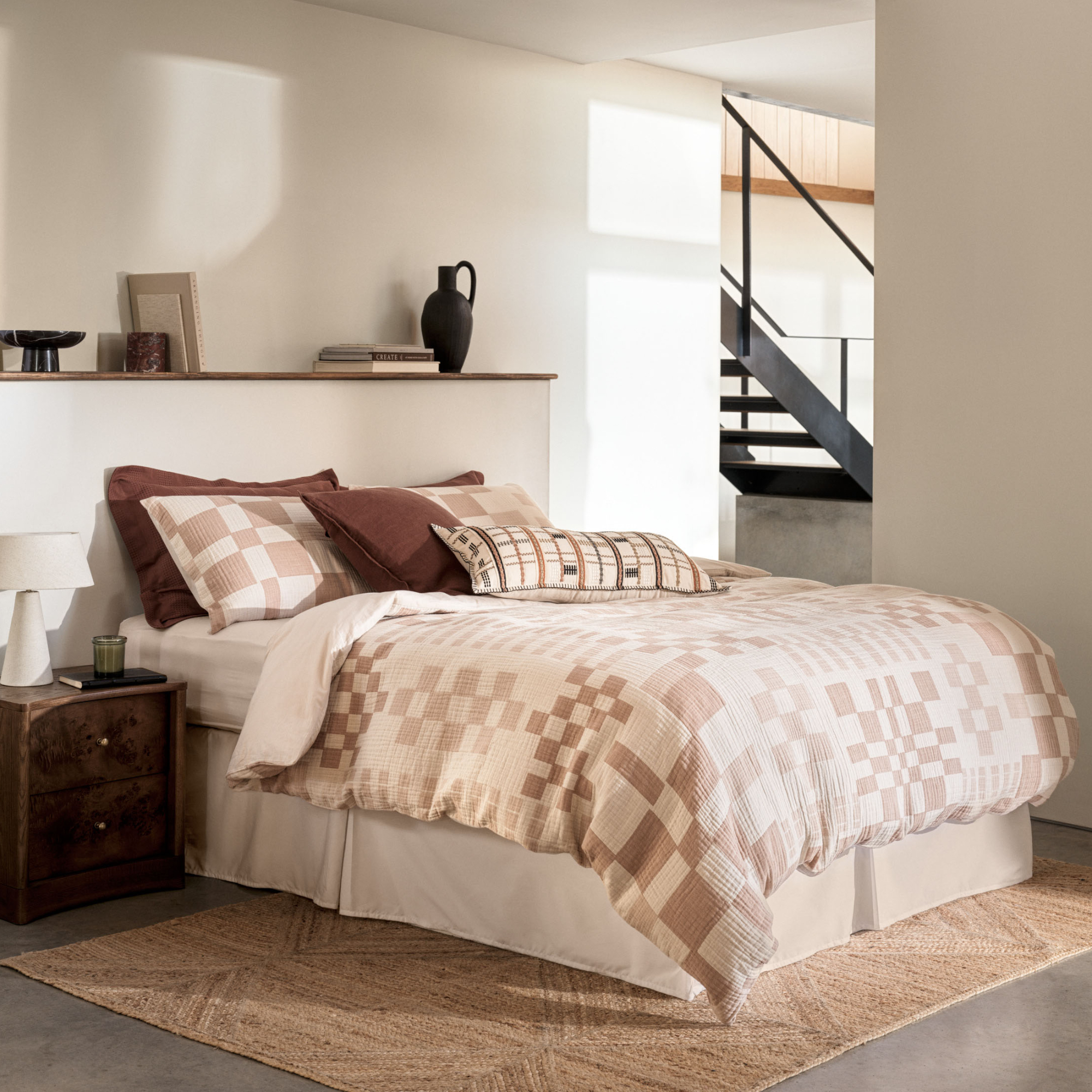 As a stylist, I spend hours looking for bedding for photoshoots, and I just spotted these 6 expensive-looking sets at M&S
As a stylist, I spend hours looking for bedding for photoshoots, and I just spotted these 6 expensive-looking sets at M&SGet a little luxury at a high-street price
By Laurie Davidson
-
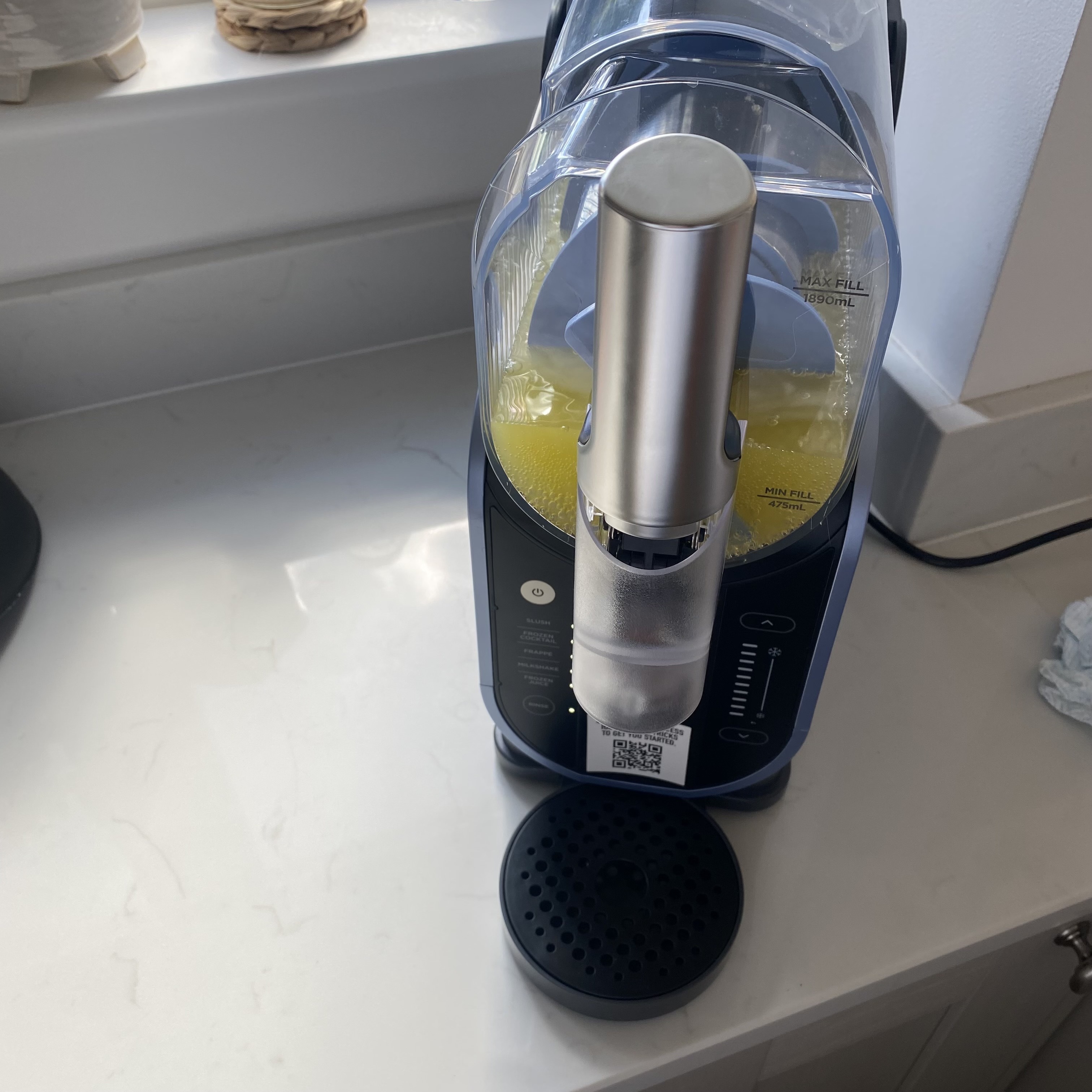 I've been waiting to try out the Ninja Slushi for months – this is what happened the first time I tried it
I've been waiting to try out the Ninja Slushi for months – this is what happened the first time I tried itThe Ninja Slushi is the stuff of dreams for summer entertaining
By Molly Cleary
-
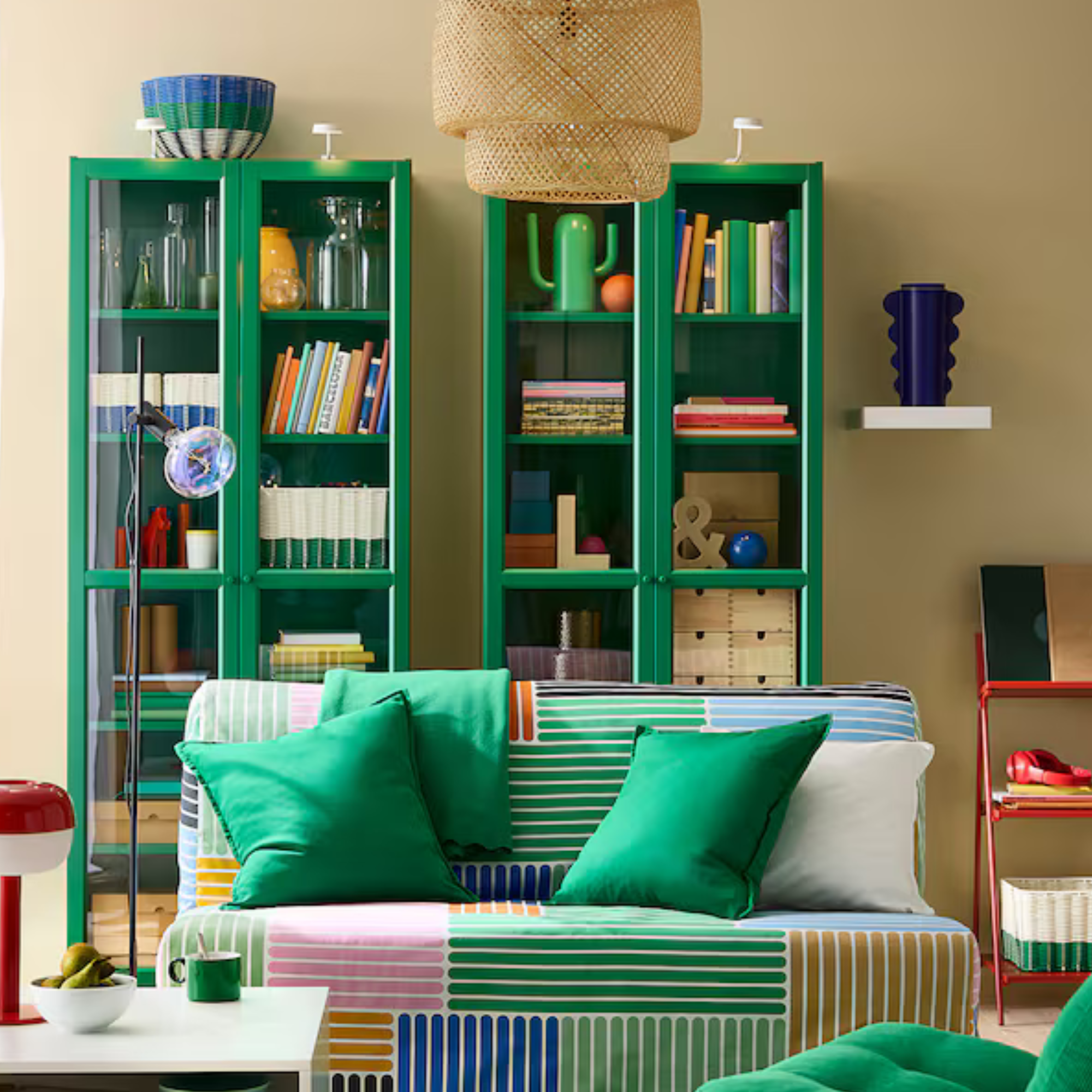 IKEA has drenched its BILLY bookcase in this year’s ‘it’ colour - but you’ll have to act fast if you want to get your hands on one
IKEA has drenched its BILLY bookcase in this year’s ‘it’ colour - but you’ll have to act fast if you want to get your hands on oneI'm obsessed with this gorgeous limited-edition colourway
By Kezia Reynolds
-
 My go-to Ninja coffee machine just had a major price drop. It's more affordable than I've seen it before
My go-to Ninja coffee machine just had a major price drop. It's more affordable than I've seen it beforeIt makes coffee shop quality achievable at home
By Molly Cleary
-
 I'm a kitchen decor editor and didn't like this tableware trend - until I saw H&M Home's designer-look plates
I'm a kitchen decor editor and didn't like this tableware trend - until I saw H&M Home's designer-look platesThey made it easy to justify a new crockery set
By Holly Cockburn
